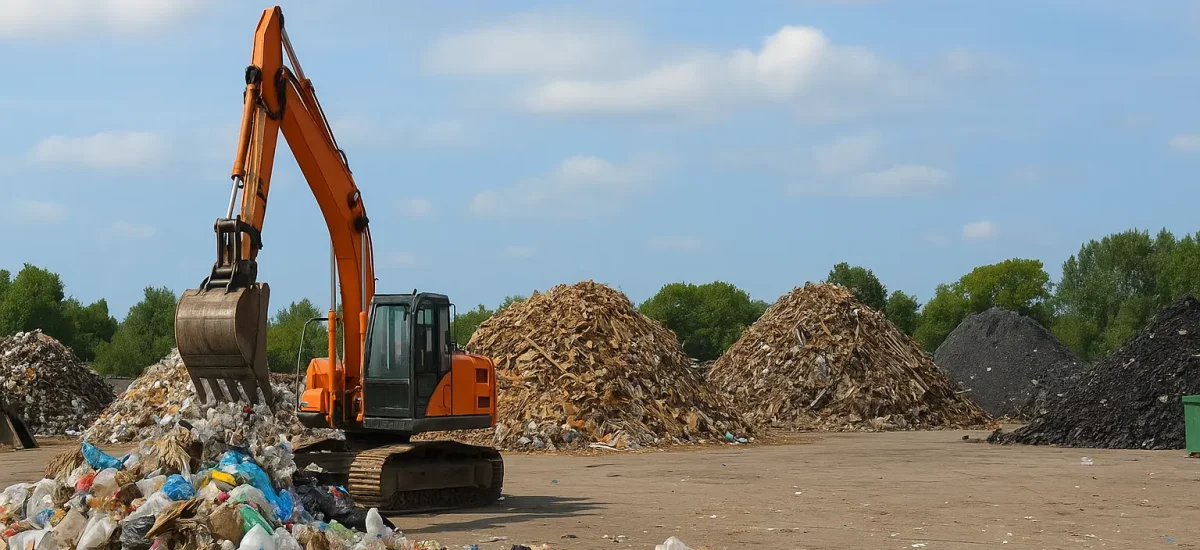I’ve worked with two coal slurry setups. One was big and famous. The other was small and quiet. If you’re curious how my experience stacks up against another operator’s, the Sludge Safety Project hosts a detailed write-up titled “I Ran a Coal Slurry Pipeline—Here’s What It’s Really Like.”
The big one? The Black Mesa line that fed the Mohave Generating Station near Laughlin, Nevada. I spent a season as a junior tech, right before it shut down. The small one? A short line at a Midwest prep plant, moving fine coal and water from the plant to the dewatering press and then out to the refuse pond. Different jobs. Same beast.
You know what? A pipeline sounds simple—coal plus water, pumped. But it’s a whole life.
So, why use a coal slurry pipeline?
Because it moves steady. No trucks. No trains. No dust storms. When that line hums, the plant breathes easy. Tonnage shows up like clockwork. The feed is even, which the boiler crew loves.
And yeah, there’s a catch. Water. Lots of water. I’ll get to that.
My day-to-day out there
On Black Mesa, my mornings started with boots that stayed stained black. We checked pressures and flow—numbers became a kind of music. If the upstream gauge sagged, we knew the pump packings were going. If the density meter spiked, the slurry got thick and the pump would growl. Cavitation sounds like rocks in a blender. You never forget it.
Pigging day was my favorite. We’d send a foam “pig” down the line. It scrubs the pipe. It’s weirdly fun. You stand by the receiver, hear that dull thud, then watch the pig slide out, black and tired, like a dog after a muddy run.
On the Midwest line, it was more compact. Short runs. Quick stops. I helped with filter presses and cyclones. Sticky fines everywhere. We chased leaks with a flashlight and a rag, like you would hunt a squeak in a car door.
Real moments I still think about
- A small leak near a bend after a summer storm. Not a blowout—just a black teardrop in the sand. We shut down, clamped it, and brought in a vac truck. No hero work. Just steady hands.
- An old ceramic-lined elbow we swapped out looked like someone had sandblasted it from the inside. Slurry chews steel. Corners die first.
- A community meeting near the reservation line. Folks asked about wells and the deep aquifer. I didn’t talk much. I listened. The water piece is not just numbers. It’s people, and it’s home.
After shifts we’d ride back to camp filthy and half-deaf from pump noise. Phones lit up the dark bus—TikTok for laughs and Snapchat for quick pics. The snaps disappear fast, which the night superintendent appreciates, but when the jokes slide into flirty territory there’s a whole etiquette to learn. If you’re curious about how to keep those disappearing photos private, consensual, and drama-free, this guide to Snapchat sexting breaks down the app’s privacy settings, safe-sharing tips, and common mistakes to avoid so your after-hours fun doesn’t end up as morning-shift gossip. Some of the road-crew veterans also swore by browsing local classifieds when they found themselves stuck in a new town for a shutdown; if you ever land a contract near central New Jersey, the personals hub at Doublelist Princeton offers a quick way to meet locals for casual hangouts or rideshares, sparing you from another lonely motel evening.
What worked great
- Steady feed: The plant ran smoother. No rail delays. No truck traffic. Boiler folks smiled more.
- Less dust: Safer for crew lungs. Cleaner yard.
- Fewer moving parts than a train yard: Fewer places for human error, in theory.
What drove me nuts
- Water demand: Black Mesa pulled from a deep aquifer. We didn’t have a return water line. That stung. The Midwest site recirculated a lot, which helped, but you always chase water balance. Folks who lived alongside the Arizona line offer a candid view of that water squeeze in this personal take.
- Wear and tear: Slurry eats metal. Especially elbows, tees, reducers. We stocked spares like snacks.
- Pump seals: You haven’t lived until a seal lets go at 2 a.m. Slurry goes where it pleases.
- Density drama: Too thin and you waste water. Too thick and you choke the pumps. The sweet spot moves all day.
The big trade: water for certainty
Let me explain. A pipeline gives you steady coal. That’s its magic. But water is the price. In dry places, that’s hard to swallow. On Black Mesa, I learned to love flow meters and hate the sound of a hard well. On the Midwest line, we skimmed, settled, and sent water back around. Better, but never perfect.
Could you haul by rail instead? Sure. Rail brings choice and flexibility. You can change sources if the market shifts. But rails stall. Tracks wash out. Crews time out. I’ve watched a boiler beg for coal while a train sat miles away. A pipeline won’t win every fight, but it wins consistency.
Safety, because it matters
We ran lockout/tagout like our lives depended on it. Because they do. High pressure is no joke. We tracked pressures, walked the right-of-way after storms, and kept a nose out for that sharp tar smell of a fresh leak. Training days were long. Worth it.
For a deeper look at the hazards and community impacts of slurry spills, the nonprofit Sludge Safety Project keeps a solid trove of incident reports and practical guidelines. They also keep a sobering first-hand review of a coal slurry spill that’s worth a read before you step onto any right-of-way.
A few field tips I wish someone had told me
- Buy good elbows. Ceramic or rubber-lined if you can. Cheap bends cost more later.
- Babysit density. Calibrate meters. Trust them, but verify with a scoop test now and then.
- Don’t skip pigging. Clean pipes run cooler and last longer.
- Talk with your neighbors. Water talk is people talk.
- Keep a spare seal kit. You’ll need it the night the parts store is closed.
Who this fits, and who it doesn’t
- Good fit: A mine and a plant locked together, short to mid distance, steady demand, decent water supply, and a plan to recirculate.
- Bad fit: Dry country with no return line, plants that ramp up and down a lot, or sites that need fuel flexibility.
My verdict after muddy boots and late nights
A coal slurry pipeline is a tool. Not a silver bullet. When it’s set up right, it’s a quiet workhorse that feeds a plant smooth and safe. When water is tight, or upkeep gets pushed, it starts to bite.
I liked the rhythm of it. The hum. The way pressure and flow tell a story if you listen. I didn’t like the water math on the big line. That part sat heavy.
Would I run one again? If we had a tight water plan, real community talks, and a budget for wear parts—yes. If not, I’d look at rail and live with the hiccups.
Funny thing: pipelines feel invisible when they work. But you feel them in your bones. I still do.

